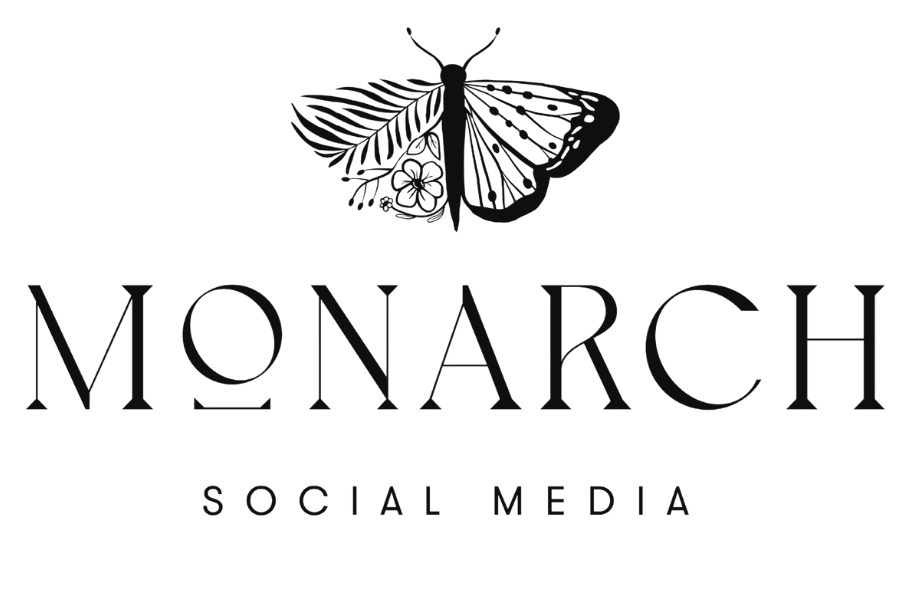You don’t need a huge following to land paid collabs, but you do need to meet the standards brands are really looking for.At Monarch, we work with creators every week, reviewing profiles, matching talent to brand campaigns, and coordinating UGC collaborations across...
How to Build a Content Bank for Social Media
Before you begin creating a social media content strategy, it’s crucial to establish a content bank, a cornerstone of your social media toolkit. This is where you’ll house and categorize your creative assets, such as images, videos, and graphics, for swift access. Content creation becomes a breeze with a content bank, as you’ll have a dedicated space to retrieve the elements you need for a post swiftly. Keep reading to learn how to build a content bank for social media.
The Value of Creating a Social Media Content Bank First
Think of your content as Lego blocks. They can be snapped together to create multiple forms of content in many different variations. Approaching content this way allows you to reuse and repurpose your visual assets while creating consistency across all channels. Creating new assets whenever you need to post is not a resourceful use of your time. Seeing your content in a central location also helps maintain visual brand consistency while allowing for easy collaboration with other team members or service providers.
A content bank is useful not only for social media but also for planning content for all digital assets, such as your website, email blasts and other digital marketing applications.
Types of Assets to Include in Your Content Bank
Images are always the first place we start when building a content bank. Even though the current trend is to prioritize video content, you’ll still need branded reel covers and static posts for your organic and paid feeds. Hire a local photographer to capture the experience of what you sell.
Example: We sell social media marketing, so Frans from Forbidden Apple Photography captured a content bank of experiential images of what it looks like when we’re working or consulting with clients. You’ll see these photos all over our feeds and on our website. While original photography is essential, you should still curate a bank of stock images that relate to your industry. We love the stock images available in Canva’s professional account.
It’s no secret that videos are prioritized on social media platforms, especially with the rise of TikTok’s popularity. If you don’t have the budget yet to hire a professional videographer, you’ll need to create the videos yourself. An up-to-date smartphone should have a camera with a high enough resolution to do this. Include demo videos, testimonials, behind-the-scenes, how-tos, podcasts/webinars, brand stories, and event coverage.
Creating Eye-Catching Graphic Templates
When onboarding a new client, one of the first things we do is create graphic templates in the sizes needed for the social media platforms we manage.
When you’re designing your templates, it’s important to use your brand fonts and colours in each design. You can also include any logo or graphic elements associated with your brand. If you’re just starting out and don’t have an eye for graphic design, the Canva pro account has a lot of excellent template options from designers that balance text and visuals in an aesthetically pleasing way.
Having a mix of different types of graphic templates will keep your feed from looking repetitive. Consider different templates for announcements, blog posts, reviews, promotions, etc.
Curating High-Quality Stock Content
If you don’t have a lot of original video or photo content, you’ll need to curate them from stock photography/videography sources or download them from user-generated sources (aka your tagged feed).
We use Canva to build a library of stock videos and images representing our client’s services or products.
For videos, make sure you source a variety of styles and lengths—point of view, experiential, immersive, first person, b-roll, etc. If you don’t have a lot of tagged user-generated content, consider contacting your customers to ask them to share their experience of your product/service via video post.
When you’re sourcing images, one of our best hacks is to find the photography collection from one or two photographers so there’s visual consistency in your feeds.
Setting up your content bank before you start creating posts, streamlines the process and makes content creation much more manageable. It helps you move through the content strategy you planned with efficiency so you can devote more time to the other aspects of social media, such as using engagement practices to facilitate growth and visibility, reading your analytics to figure out what’s working or responding to your community.
Build a Brand With Us: Have You Really Optimized Your Social Media Profiles?
When most businesses think about “social media strategy,” they immediately jump to content. What to post, when to post, and how often. But here’s the thing: if your accounts aren’t optimized, your content won’t perform the way you want it to. Optimization is the...


